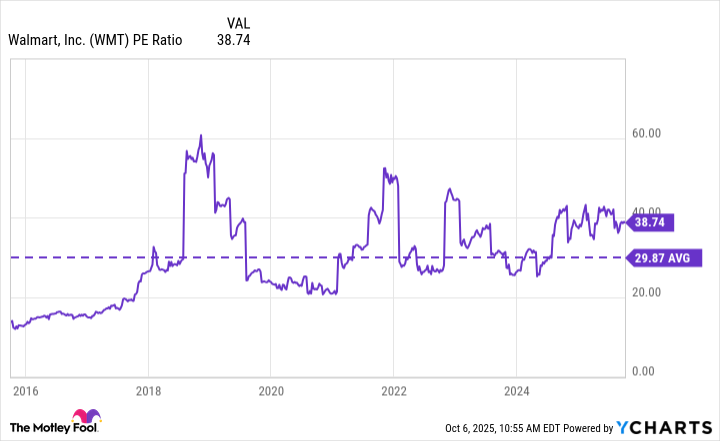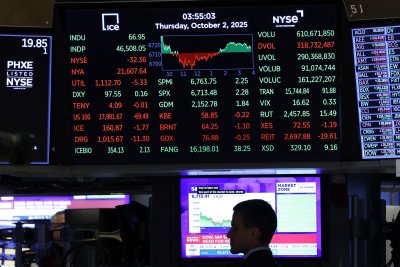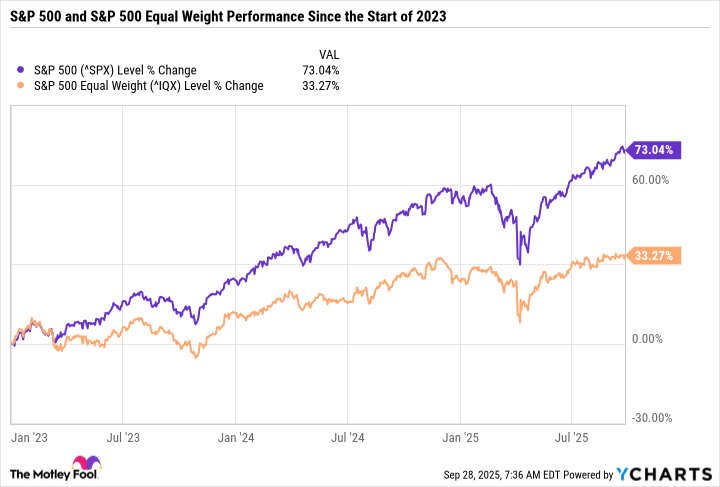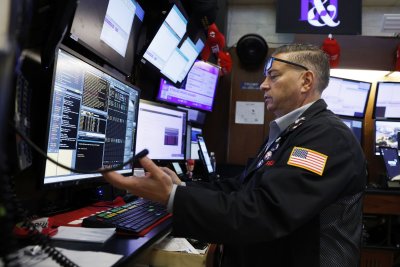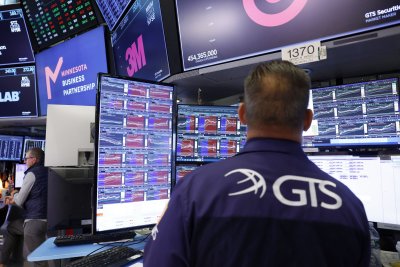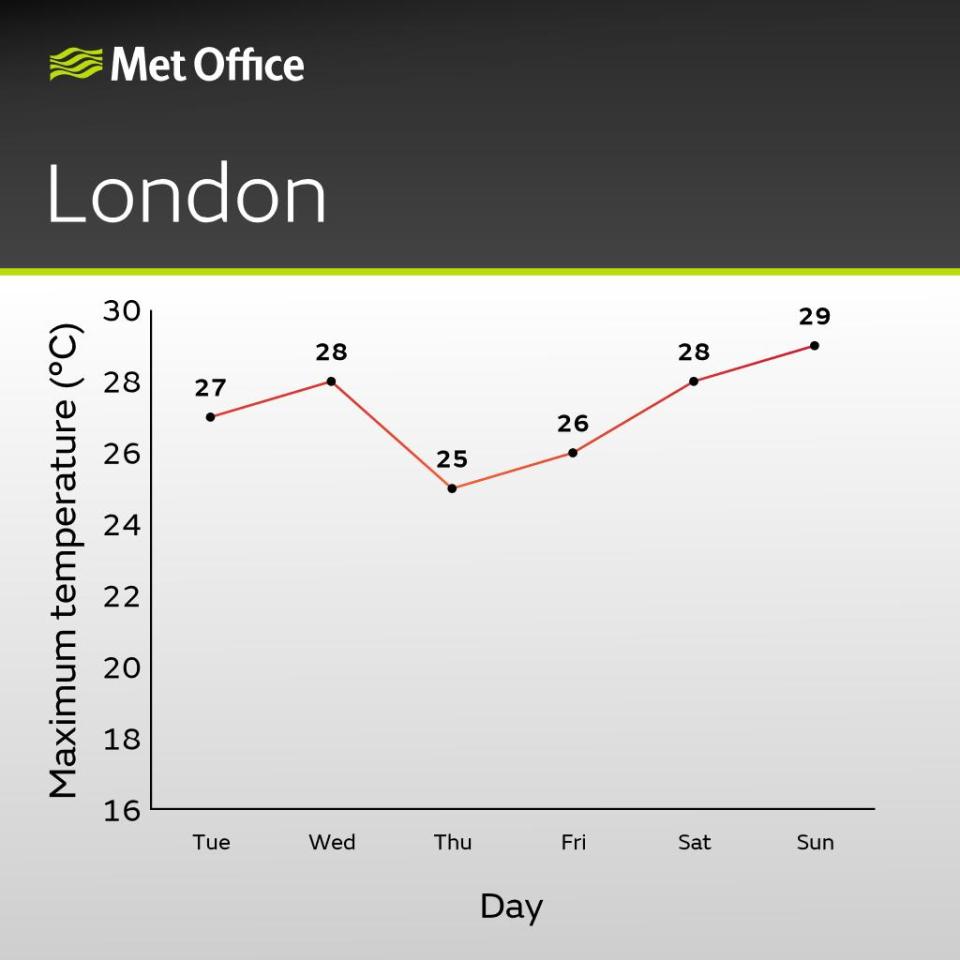Sondheimer: Loyola High’s Max Meier rises above loss of home and a friend
Imagine losing your home and belongings to a wildfire, then losing your best friend when he was killed by a suspected driver under the influence, all happening within months of each other.
Max Meier, a star defensive tackle for Loyola High who has committed to Stanford, dealt with that kind of awful adversity this year, losing his family home in the Palisades fire, then losing classmate Braun Levi in May when he was hit by a car while walking on a Manhattan Beach street.
To hear Meier’s response and wisdom while dealing with two tragedies offers hope for the future.
“I think in this life, everyone has demons in the closet,” Meier said. “Everyone has bad things that happen But we realize in these moments, as horrible as they are, losing your things in a fire, they’re replaceable, but losing someone who was like an older brother, can’t replace that. He’s somebody I’ll be be chasing to live like he did. As a teenager it was tough, but you learn about life and how every day you have to give it your all. I’ve actually started to live my life more fully and started to live every day the best I can.”
As a football player, at 6 feet 5 and 250 pounds, Meier is enjoying his best season as a senior with 9 1/2 sacks, and it couldn’t have come at a better time. Loyola lost close to a dozen players who abandoned the program one by one in the offseason. They gave up, thinking the Cubs were not going to be good or leaving because they disliked something. Those who stayed had to place their trust in themselves.
“There’s no better motivator knowing every single person left and you’re the ones left,” he said. “This summer, we’re like, ‘There’s 10 games left and you’re either going to give up or let’s show everyone what we got and why they wrote us off.’ We have some problems. Every team does. We’re really motivated to show what we can do.”
Playing at SoFi Stadium on Oct 19 and coming away with a 13-10 upset victory over Gardena Serra was a moment Meier and his teammates will cherish. The Cubs lost to Bishop Amat 30-14 on Friday night and are 4-4 and 1-2 in the Mission League.
“Warming up under all those seats is just ridiculous,” he said. “I thought it was the most awesome thing. That turf was super fast. You could hear things super loud and it gave you an idea what a college stadium might feel like, I thought it was the best experience all time. It was a thing on my bucket list. Getting a sack at SoFi never thought of something I want to do, but I did it. It was cool.”
Since Meier lost his home, he was eligible to switch schools this year and play immediately. His two sisters graduated from Palisades. He has friends at Palisades. But he was never leaving Loyola.
Everyone, from parents to classmates to alumni, banded together to help those affected by the fire. They provided food, clothing and emotional support.
“After the fires, I realized how special it is,” he said. “All that’s left in my closet is from Loyola. They’re the most amazing people to me.”
So understand what you’re getting each time you face Loyola this season — a team dedicated to each other and having each other’s backs. And in Meier, the Cubs have someone who’s going to represent Loyola values for years to come.
“Breathing on this earth is a humble thing,” Meier said.




